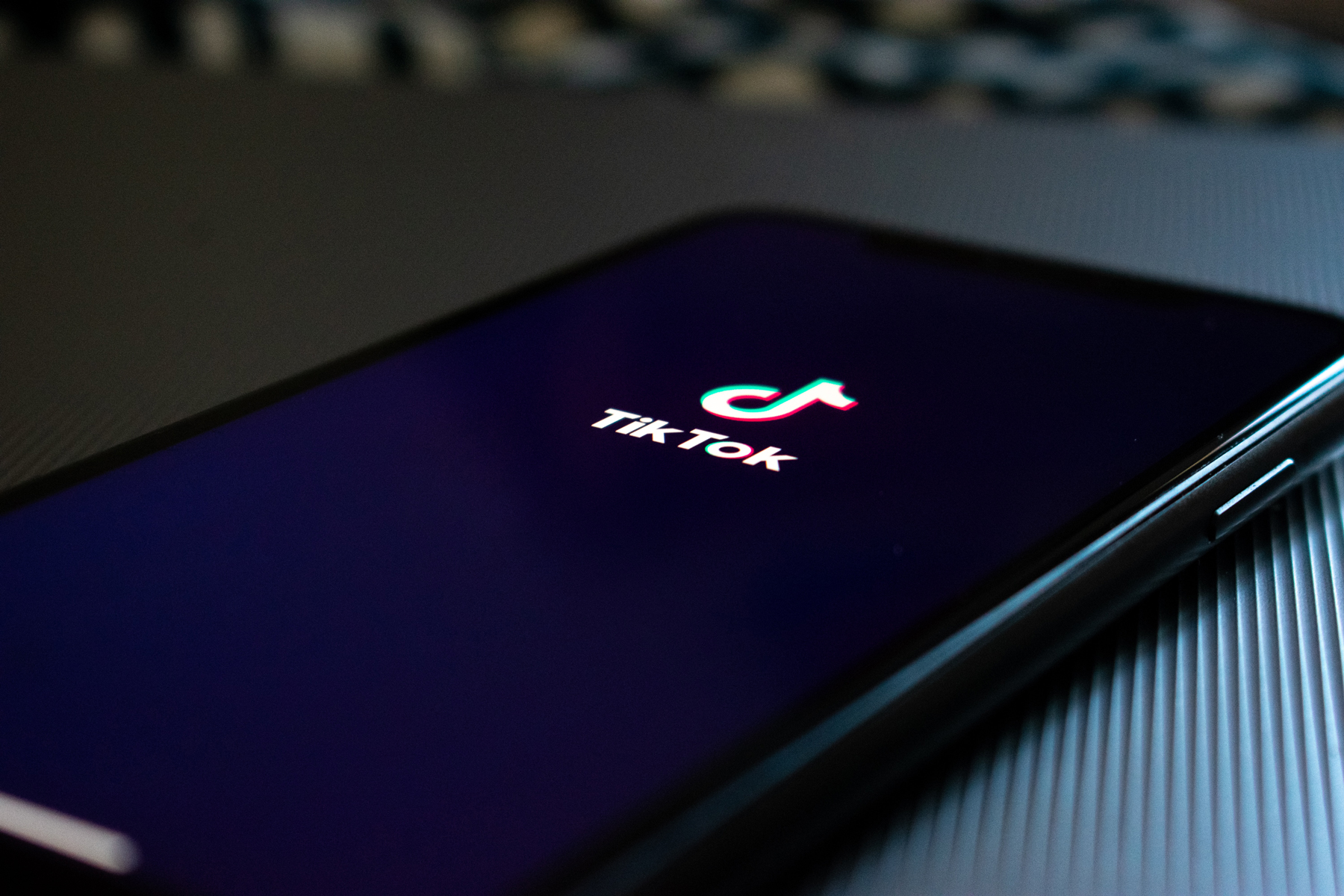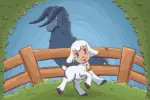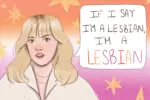With its vast assortment of viral trends and challenges, ironic memes and unironically cringe-inducing content, TikTok has come to define Generation Z’s Dada-esque sense of humor. The spiritual successor to Vine, TikTok invites users to share videos no longer than a minute in hopes of finding fame on the coveted “For You” page, which features and promotes content to every user. But what began as a hub for hilarious absurdity and embarrassing antics of teenagers has since evolved into something far more chaotic — and even nefarious.
Following the rise and demise of the immensely popular mobile app Vine at the end of 2016, countless copycats cropped up to capitalize upon the success of short-form video-sharing. Starting with the launch of Instagram Video, which a Vine executive described as “the beginning of the end,” the battle to succeed the former king of social media apps starred endless new startups and already established companies eager to spar.
In September 2016, Beijing-based company ByteDance released their own video-sharing social network, Douyin, available only within China and regulated heavily by the country’s strict censorship laws. Within a year, the app had gained over 100 million users. Inspired by this massive success and driven by a desire for more, ByteDance internationally launched TikTok in September 2017.
TikTok broadened the scope of its content to match that of Vine’s, promoting displays of comedy, talent and the infamous dramatic lip-syncing of songs. Just two months later in November, ByteDance bought out its biggest competitor, the Shanghai startup musical.ly, for nearly $1 billion. By August of the next year, the two apps were consolidated into one massive mecca for “Musers” and “TikTokers” alike, retaining ByteDance’s original moniker.
Since then, TikTok has accomplished myriad achievements and has cemented its place in the cultural milieu. Now available in 150 markets and in 75 languages, the app has collected over 1.5 billion users globally — that’s billion with a “B.” Coming in right behind social media giants Facebook, Instagram and Snapchat, which have all existed far longer than the relative fledgling, TikTok has been named the seventh most-downloaded app of this entire decade.
This unprecedented usurper has found universal acclaim by appealing to one of the most lucrative demographics in the digital age — the children of the Computer Age. In fact, 60% of TikTok’s active U.S. users are between 16 and 24. Accordingly, understanding the chaotic vortex of content on the app isn’t for the faint of heart or for anyone older than 30 and lacking in internet literacy.
Trends and challenges rule TikTok, with popular hashtags landing features on the “For You” page. From “famous relative checks” boasting of celebrity familial connections to POV-style videos placing viewers in various situations for comedic effect, most content is created with the intention of going viral and achieving TikTok fame.
As a result of the app’s viral nature, several songs from lesser-known artists have found mainstream success by providing the backing track to memes and dances. The infamous “Hit or Miss” soundbite, spawned simply by a cosplayer dancing to a verse from a diss track on the titular Mia Khalifa, quickly inspired thousands of copycats and a “challenge” to yell the three words to see who will finish the line. Previously unknown rap duo iLOVEFRiDAY practically became an overnight success and have since racked up almost 100 million YouTube views on the music video, despite their arguably unbearable voices and the ridiculousness of the song’s premise.
Likewise, “STUPID” by Ashnikko propelled the rapper’s ascent to prominence, and even Lil Nas X’s “Old Town Road” has TikTok to partially thank for its initial virality. Because of the ability to commandeer certain audio clips from viral videos, countless users film themselves dancing, lip-syncing or making jokes while simultaneously bringing fame to the artists.
On the cringier side of things, other users take to the app to boast their “acting” chops. There are people that, in all seriousness, film themselves lip-syncing to soundbites from popular movies and shows — typically overly dramatic scenes of heartbreak — and post them to a surprisingly high number of fans. While a few grains of talent can be sifted out from the soap opera sludge, most of these videos will likely go on to haunt their posters a few years down the line.
Most recently, TikTok has found fame for their chaotic senses of humor that radiate “Vine energy.” These videos epitomize the random, almost nihilistic humor of kids and teens today. There’s no way to possibly summarize the breadth of content deemed comedy.
But beyond the opportunities for artistic exposure, cringe and humor lies a hidden dark side of the app. Netzpolitik, a German blog advocating for digital rights, revealed in 2019 that the app was systematically suppressing the content of users deemed “vulnerable to cyberbullying.” According to the app’s “rulebook,” ByteDance instructed TikTok moderators to analyze videos featuring users with mental and physical disabilities and to subsequently flag them for an algorithm that would ban them from the promoted “For You” page.
These “vulnerable” groups include people with facial disfigurements, autism spectrum disorder, Down syndrome and a variety of other different abilities, from users in wheelchairs to amputees. And while these were the de jure restrictions, Netzpolitik found evidence that countless more attributes were treated as de facto “disabilities” that needed to be culled from the app. Users with LGBTQ+ flags in their bios or captions, “fat and self-confident” people and marginalized races have also found themselves publicly silenced.
Perhaps the worst part of this dumpster fire of a policy is its specific attention to members of these demographics who display “positive energy” and pride in their identities. As Matthew Johnson, the director of education at MediaSmarts, puts it, “This is a really troubling approach to trying to prevent online harassment because it really is contributing to exactly the danger of online harassment.”
As he describes, this danger lies in the fact “that its targets will be silenced, that people who are subject to harassment online will be less likely and will be less able to participate.” People with disabilities are among the most underrepresented groups in media and decreasing their social media presence only exacerbates the problem of people underestimating how prevalent disabilities and marginalized identities truly are. TikTok moderators are “essentially putting all of the burden on protecting people from harassment on the target.”
TikTok released a half-baked apology for the policy, claiming it “was never designed to be a long-term solution, but rather a way to help manage a troubling trend [of increased bullying] until our teams and user-facing controls could keep up.” Their statement further asserted they had “long since changed the earlier policy in favor of more nuanced anti-bullying policies.” However, Netzpolitik discovered the instructions to moderators were still in place as recently as September 2019.
And the app’s suppression of “unfavorable” content doesn’t stop there. Teenager Feroza Aziz posted a video spreading information about China’s genocidal persecution of Uyghur Muslim nationals, a bait-and-switch disguised as advice for curling lashes. After gaining millions of views on the app and reposts on other social media, the Chinese-owned company temporarily suspended Aziz’s account, only to reinstate it after backlash.
While TikTok claimed they do “not moderate content due to political sensitivities and did not do so in this case,” there have been other accusations of the app suppressing videos portraying China in a negative light. Even though TikTok is banned in China, its creator company ByteDance is based in Beijing and so falls prey to the country’s strict censorship laws. After a crackdown on Douyin by media watchdogs, the company’s founder Zhang Yiming publicly promised to “further deepen cooperation with authoritative [Communist party] media…ensuring that authoritative media voices are broadcast to strength.”
Moreover, because of the China Internet Security Law, ByteDance is legally unable to refuse to share its data with the Chinese government. In January 2019, the Peterson Institute for International Economics declared the app a national security threat. Worries about TikTok videos’ ability to convey locational and private information to ByteDance, and the Chinese Communist Party by proxy, have sparked action from the U.S. military; both the Navy and the Army have banned the app from all government-issued devices.
The app’s abundance of red flags begs the question: Are the memes worth the fascism? Currently, TikTok shows no signs of slowing down or losing popularity among young people. As of right now, “TikTok compilation” turns up over 100 million search results, and “TikTok” itself boasts almost 800 million. Whatever the future brings, it’s clear we need to take a closer look at the technology we consider harmless or inconsequential.
















